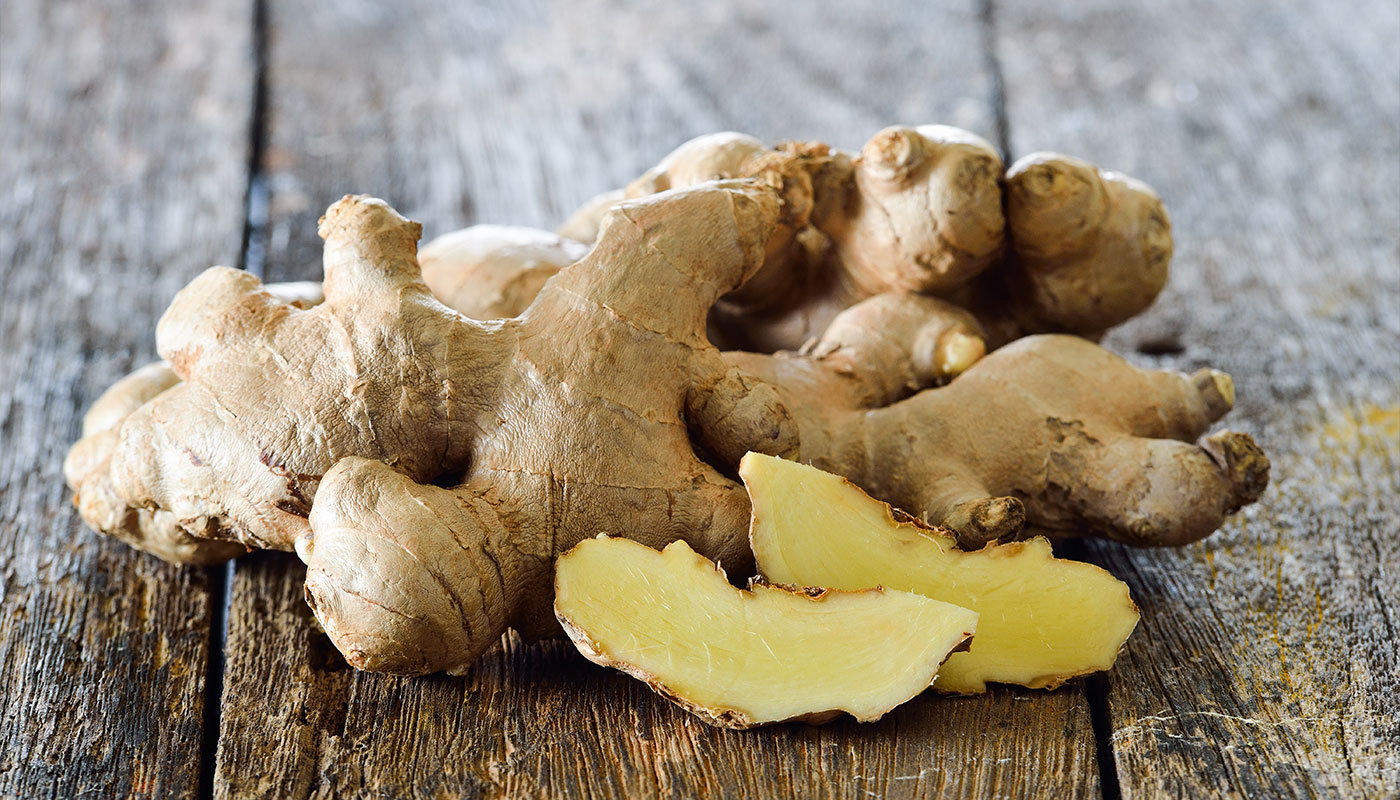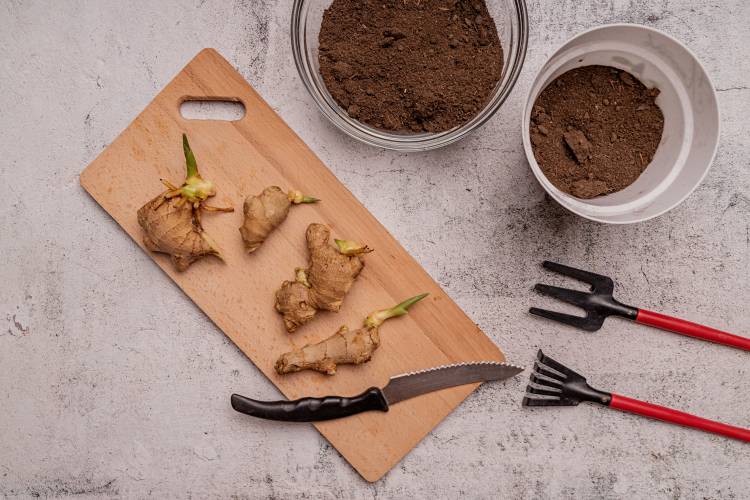Planting ginger: step-by-step
Planting ginger is easier than you think. Whether in a vegetable garden or in a flower pot, by following these steps, you can grow it and make the most of its properties at home.
fresh food
Share

Ginger is used in many recipes, and with good reason, as it possesses many benefits: it is good for travel sickness and nausea, for bad breath and for digestion; it prevents and treats respiratory and circulatory problems, among other things, and provides extra energy. Originating from South East Asia, the plants from the Zingiberacea family (the same as turmeric and cardamom) have been much used in traditional medicine, and now, it is finally possible to find it throughout the world.
There are many types of ginger, although the best known (the one you can find in practically any market or supermarket) is the yellow one. Its flavour and aroma (spicy, with a touch of citrus) makes it a very special product, and it can accompany many creations and dishes, from the classic ginger infusions to soups, sautées and condiments. The fact that there are many ways to use it (fresh, dried, powdered…) means that not just the gastronomic world benefits from its potential: it is well-known even in cosmetics and it is present in many products.
Knowing about all its advantages, it is normal to want to know how to plant ginger at home. Growing ginger is very easy, particularly because you can do this in the home, or outdoors if you want. Either choice is good for your ginger plant to grow healthy and strong. Without more ado, let’s look at how to plant ginger.
How to plant ginger
Planting ginger in a flower pot is extremely easy. It doesn’t require a lot of care or direct sunlight and only needs a more or less constant temperature. It is also a very visually decorative plant (it looks like bamboo). But, to get to the point, how do you grow ginger? It all begins when you buy it, as you will need to break off some of the roots to reproduce it.
The first thing to do is to examine the roots (break off the most wrinkled parts with your hands, as you won’t get any plants growing from these). Then, wash the roots under the tap so that they are well soaked and wrap them in a damp cloth, which you will then put in a dark place for three days. Once this time has passed, transfer the ginger to a plastic bag, keeping it moist throughout all of this time and, once again, leave it in a dark place for another two or three days. After this, when you look at your ginger roots again, you will notice some small white growths on them (the buds) from which the stem will grow. At this point, it’s time to plant the ginger in a flower pot.

When doing this, the most important thing to know is that the ginger roots develop horizontally, in other words, that the depth of the pot is not as important as the surface area. Keep in mind that the more horizontal surface there is for the plant, the more it will grow. As for the soil in the flower pot, we recommend it consists of three parts soil (if possible, organic) and one part compost.
Before putting the ginger into the flower pot, dampen the soil surface with a water spray. Also dampen the ginger roots a little and place them on the soil. You will only need to put them slightly into the soil, do not completely bury them, and make sure that the buds are not covered by the soil. Once again, water or spray the soil around the ginger roots.
Watering will be the most important thing after this step. Do this lightly and frequently every two or three days and be careful not to wet the rhizomes. After around three or four months, the plant will begin to grow and you can harvest a few small pieces for your own use.
If you want to plant ginger in a vegetable garden, you won’t encounter any problems either. Although it is a plant that can be kept perfectly well indoors, it can also be grown outdoors. The process is the same as above, but the difference is that you may have more space for planting all the ginger you want.
Having said this, all that’s left to do is get some ginger roots and put what we have told you into practice.






